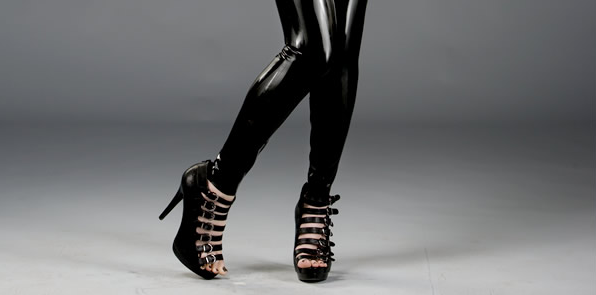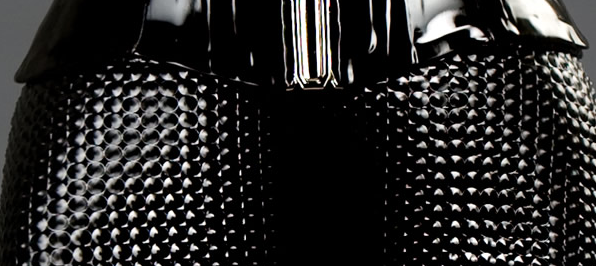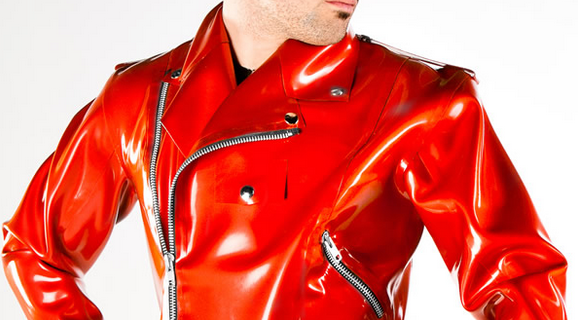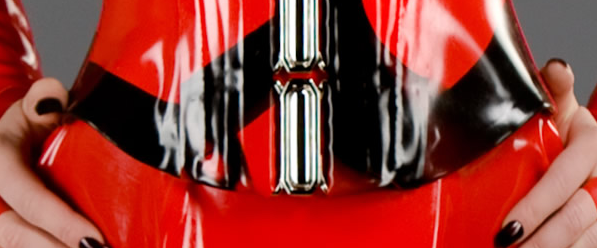Latex bodysuits have a strong connection to the concept of fashion as performance art. Here’s how they intersect:
1. Visual Impact: Latex bodysuits are visually striking and often command attention. The glossy surface, skin-tight fit, and unique textures of latex create a visually captivating and attention-grabbing aesthetic. When worn as part of a performance art piece, latex bodysuits can enhance the visual impact of the overall presentation and contribute to the artistic expression.
2. Body as Canvas: Latex bodysuits mold to the body, emphasizing its contours and curves. This characteristic makes the body itself a canvas for artistic expression. In performance art, the human body can be used as a medium for conveying emotions, narratives, and concepts. Latex bodysuits can act as an extension of this artistic expression, shaping and transforming the body to convey the desired message or aesthetic.
3. Transformation and Identity: Performance art often explores the themes of transformation, identity exploration, and breaking societal norms. Latex bodysuits, with their ability to mold and shape the body, facilitate a transformative experience for both the performer and the audience. They can allow performers to embody different personas, challenge conventional ideas of identity and gender, and provoke thought and conversation.
4. Sensuality and Provocation: Latex bodysuits have inherent sensual and provocative qualities. They evoke desires, fantasies, and notions of fetishism. In performance art, these qualities can be harnessed to create an atmosphere of intimacy, vulnerability, or heightened sensory experience. The combination of movement, choreography, and the tactile sensations of latex can elicit emotional and visceral responses from the audience.
5. Symbolism and Metaphor: Latex bodysuits can be used symbolically and metaphorically in performance art. They can represent themes such as constraint, vulnerability, power, or liberation. The transformative nature of latex and its association with fetish culture can be employed to convey deeper meanings and engage the audience in a thought-provoking and introspective experience.
Overall, latex bodysuits in performance art blur the boundaries between fashion, visual art, and live performance. They offer a medium through which performers can explore the realms of identity, sensuality, transformation, and social commentary. By integrating latex clothing article into performance art, artists can create multidimensional and immersive experiences that challenge perceptions, evoke emotions, and redefine the concept of fashion as a form of artistic expression.






